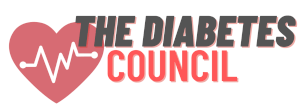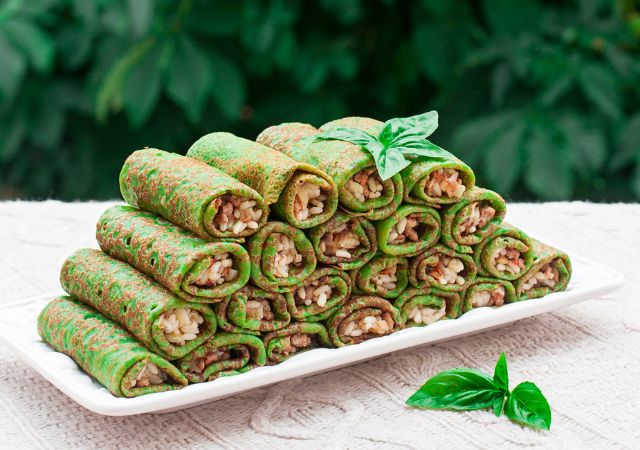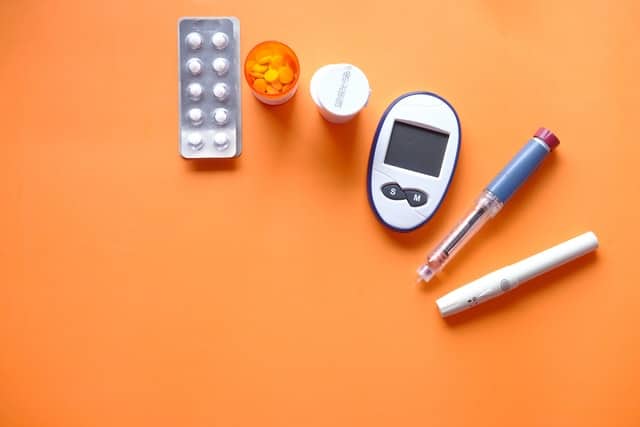
A staple food for the human diet is carbohydrates. While most people can eat carbs without much care, those of us who have diabetes really need to take caution on what we eat.
Contents
But it isn’t as black and white as saying cutting carbs altogether is the best course of action; carbs with high or low glycemic indexes offer nuance to what we can consume in our diet as we manage blood sugar levels. But which is best?
The Highs and Lows of GI Indexes

Navigating the maze of GI Indexes can be tricky. Not to worry, we’ve got you covered! If you’re not following a diet to manage your diabetes, you may not have heard of glycemic index, so what exactly is the glycemic index? The GI Index is a measure of how quickly foods turn into glucose (sugar) in your bloodstream.
Foods that have a high GI are quickly broken down into glucose, meaning they raise blood sugar levels more rapidly than foods with lower GIs. A food’s GI isn’t all that matters; there are many other factors that can affect your risk of developing diabetes, such as physical activity level and weight. The measurement itself was developed in 1981 as a way to measure how quickly glucose levels increase after eating certain foods.
The GI scale goes from 1 to 100 and represents a scale of carbohydrate content. High GI foods are considered over 70, while low GI foods have a rating below 55. Foods that score over 60 fall into a category known as the medium-GI index. Glycemic load (GL) takes into account both the amount of carbohydrate consumed and the GI index. It’s calculated by multiplying carbs by their respective GI rating . So eating 50 grams of carbohydrates from high GI foods would yield a GL score of 50 x 70 = 3500.
GI Diets and Better Health

Within certain studies on GI Indexes, there seems to be an association between lower GI diets and better health outcomes in diabetics. The research isn’t always conclusive about whether following a high or low GI diet can improve your health—which means there’s still room for debate about whether everyone with diabetes needs to monitor their intake of high and low-GI foods.
On the whole, most nutritionists have concluded a lower GI Index is a healthier way forward than a high GI index. The glycemic index refers to the rate at which carbohydrates are converted into glucose in the bloodstream. Glucose, of course, is the body’s primary source of energy or fuel. The higher your blood sugar level rises after eating a particular food, the higher your body’s insulin levels will be, and thus the higher your risk of developing Type 2 diabetes.
That’s why you need to learn about the different levels of glycemic index, so you can make educated choices about what foods to eat and what foods to avoid if you have diabetes or want to avoid developing it in the future. To put it plainly, Low GI foods are carbohydrates that release sugars slowly into the bloodstream. Foods with a high GI release sugars quickly, causing blood sugar levels to spike and then crash.
Why High GI Could Be Good

Most individuals with type 2 diabetes are told to avoid high GI foods. This is because foods that have a high glycemic index often contain ingredients like refined grains, which break down quickly into glucose, increasing blood sugar levels. High GI foods also tend to be higher in added sugars, which have been linked to obesity and insulin resistance in people with type 2 diabetes.
However, research has shown that eating a diet higher in high GI foods can help those with type 2 diabetes maintain weight loss. Specifically, a study published in Diabetes Care showed that after following three different diets over 50 days—one low GI/low fat; one low GI/high fat; and one high GI/low fat—people with type 2 diabetes lost similar amounts of weight regardless of what diet they followed.
The reason: Although both types of diets contained roughly 1,500 calories per day, participants who ate more high GI foods ended up taking in fewer calories overall than their counterparts—because they were consuming more significant portions while feeling fuller longer (4).
Eating more high GI foods may not work well for everyone, but if you’re looking to lose some pounds but don’t want to cut out your favourite carbs, it might be worth giving them a try.
Low GI Foods are Ideal For Type 1 Patients
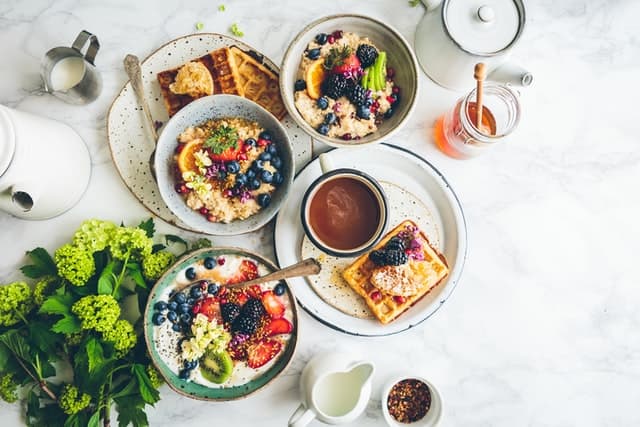
Type 1 diabetes is caused by a lack of insulin, which in turn causes blood sugar levels to rise. Those with type 1 should eat low GI foods to keep their blood sugar levels stabilised. Low GI foods generally contain less refined carbohydrates or processed sugars. Examples include fruits, vegetables, nuts, legumes and whole grains.
People with type 2 diabetes (which usually develops in people over 50) are typically not as sensitive to changes in blood sugar level as those with type 1.
When Should You Avoid Certain Foods?

Let’s face it. Even for most people, any food that’s high in sugar or refined carbs (think white bread, rice, cookies) should be eaten sparingly. Refined carbohydrates are considered to have a bad effect on blood glucose levels and are known to cause spikes after you eat them.
High GI foods include things like: sweets; white bread, pasta and rice; potatoes of all types (white, sweet or regular); French fries; doughnuts, muffins, cakes and pastries made with refined flour.
These foods can all lead to increased insulin production and possible weight gain—if they make up too much of your diet. This doesn’t mean you have to cut these things out completely, but they should be eaten rarely compared to whole grains and other unprocessed foods.
A Healthy Choice

Like most foods, different types of fruits and grains have different effects on blood sugar levels. Those that are high in fibre have a low glycemic index (GI), meaning they take longer to break down into glucose than their lower-fibre counterparts.
While some carbs will cause your blood sugar to rise faster than others, it’s important to remember that a diet containing sufficient amounts of fruits, vegetables, whole grains, and other healthy foods can help prevent diabetes in people who are at risk.
A Plan for Eating a Low GI Diet: Eating more low GI foods—vegetables, fruits, beans, lentils and nuts—means you’ll need less insulin to deal with a given amount of carbohydrates.
Some examples of healthier food with a lower GI index include; Beans, lentils, peas - Sweet potato - Quinoa - Yoghurt (dairy or non-dairy) - Whole grain rice & pasta. Whole wheat breads and whole-grain cereals are two examples of healthy carb choices that aren’t as likely to cause spikes in blood glucose.
5 Pro Tips

If you are looking to eat low GI foods, here are a few tips to help you make better choices when purchasing them. These tips will not only keep your blood sugar levels lower, but they’ll also help you stay within your budget!
1) Buy whole, unprocessed foods. Whole fruits and vegetables are generally lower in GI than their processed counterparts because most of their sugar has been locked away
2) Choose high fibre foods. The more fibre you eat, and especially when that fibre comes from fruit sources, reduce your overall GI level.
3) Look for foods with more than 3 grams of dietary fibre per serving.
4) Choose beans over grains. Beans are a great source of fibre, and other nutrients, including protein, magnesium, potassium, B vitamins, folic acid and iron. (3). They’re also lower in GI than many foods made from grains.
5) Buy frozen or canned fruits with no added sugar. As a bonus, they’re generally cheaper than fresh produce!

Conclusion
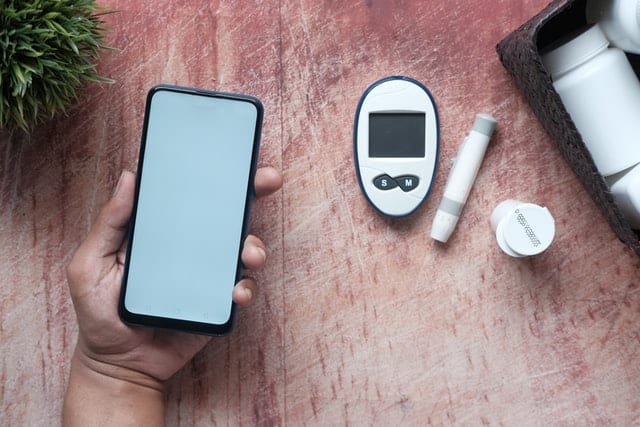
The glycemic index, or GI, is a scale that ranks carbohydrates based on how quickly they raise blood sugar levels. High-GI foods are digested rapidly, causing spikes in blood sugar. Low-GI foods digest more slowly, which leads to a more gradual blood sugar rise. This makes them ideal for people with diabetes or others at risk of developing diabetes.
Some low-GI foods—like legumes, whole grains, fruits and vegetables—contain fibre; other slow-digesting carbs have no thread but have a low absorption rate. Fats, proteins and dairy products also rank low on the glycemic index because they contain little to no carbohydrates.
High glycemic index foods are often referred to as fast foods because they tend to spike our blood sugar levels faster than low glycemic index foods. Foods with a high glycemic index will generally make you feel hungrier sooner and make your blood sugar level drop lower. On the other hand, low glycemic index foods are less likely to make you feel hungry again quickly after eating them, so they may be suitable for people with diabetes who struggle with regulating their blood sugar levels.

